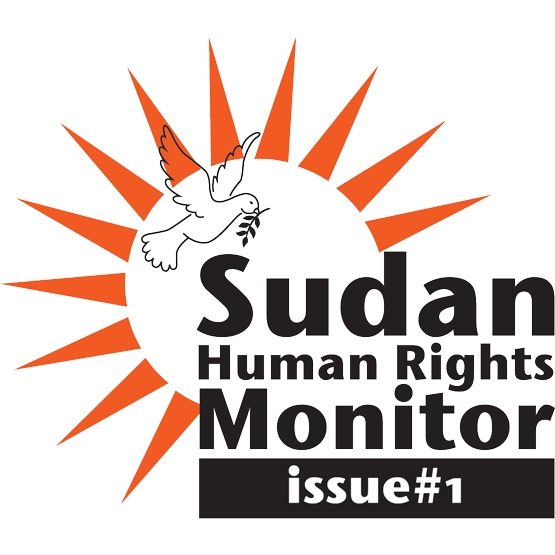From 11 – 15 April, Sudan held its first multiparty elections in 24 years. Elections were an essential benchmark of the Comprehensive Peace Agreement (CPA) which brought the 22-year civil war to a close, and was signed by the National Congress Party (NCP) and the Sudan Peoples’ Liberation Movement (SPLM). The CPA provides a framework for legal and constitutional changes to take place over a six year interim period, ending with the 2011 referenda for self determination in the South of Sudan and Abyei, and popular consultations in the Nuba Mountains and Blue Nile. Elections had been included in the CPA as a mechanism for both addressing the key cause of the conflict – namely the exclusion of Sudanese citizens from political participation – and also to lend popular support to the 2011 referenda and to ensure that the process of separation would be overseen by a democratically elected government. Elections provided a critical opportunity to address both the challenges of the CPA and to advance political openness in Sudan. In some respects, the elections represented a significant step forward. A generation of Sudanese who had never before exercised their right to vote had the opportunity to do so. Political campaigning offered a unique opportunity to engage in political issues critical to the nation.
أكمل القراءة »Untitled-ar
On 1 November 2009, registration for national elections slated to be held in April 2010 began throughout Sudan. Originally intended to end on 30 November, the process was extended one week until 7 December as many election stakeholders requested the National Elections Commission (NEC) to extend the registration period. The registration – a critical first step in the electoral process – occurred against the backdrop of a contentious political environment marked by political obstruction of peaceful political activities and human rights abuses, and an overall tightening of restrictions on civil and political freedoms. According to the NEC, at least 75.8% of eligible Sudanese were registered, which was quite close to the national target of 80%. This aggregate figure represents a 71% rate of registration of the eligible electorate in the North, and 98% in the South, respectively.1 The accuracy of these statistics, however, is thrown into doubt by dispute over the results of the 2008 census, which forms the basis of the estimation of potential voters. In South Sudan, there was particular pressure to register as a means of compensating for, or disputing, census figures which were felt to grossly underestimate the population of the South. Some of the states in the South have exceeded in registering over 100 % of eligible voters, according to the census.
أكمل القراءة »Untitled-ar
Untitled-ar
Untitled-ar
Untitled-ar
Untitled-ar
Untitled-ar
January 2009 marked the fourth anniversary of the Comprehensive Peace Agreement (CPA) between Khartoum’s National Congress Party (NCP) and the southern rebel Sudan Peoples’ Liberation Movement (SPLM). That agreement set out a six year interim period during which it was envisaged that comprehensive democratic reform would be undertaken. With two thirds of the interim period passed, it had been envisaged that the package of legal reforms would have been implemented and that the country would be moving towards free and fair elections no later than July 2009.
أكمل القراءة » African Centre for Justice and Peace Studies ACJPS | المركز الافريقي لدراسات العدالة و السلام
African Centre for Justice and Peace Studies ACJPS | المركز الافريقي لدراسات العدالة و السلام
